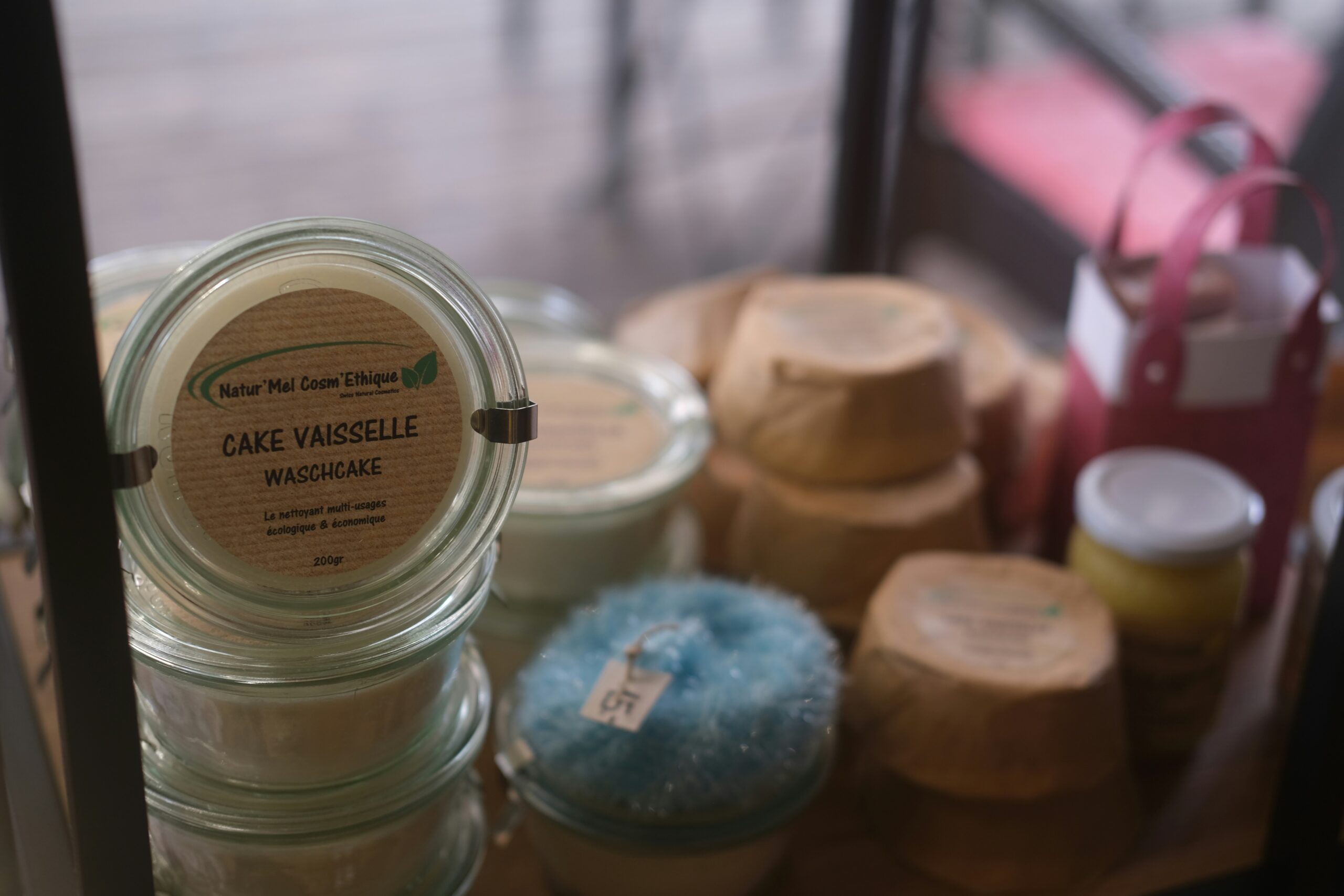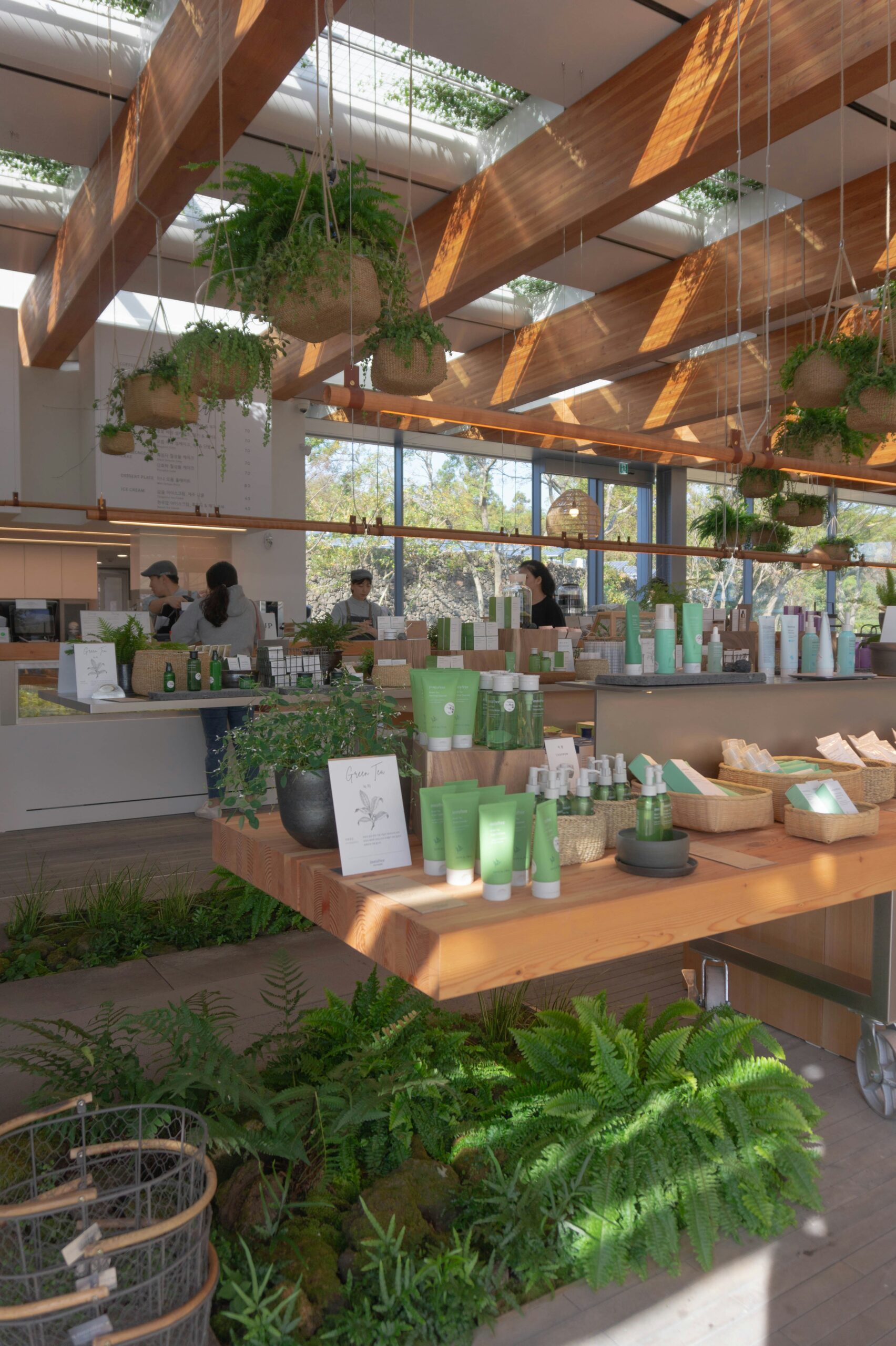Eco-Innovation in Packaging and Branding: Transforming Sustainability in the Market
September 10, 2025 | by qqvmedia.com


Understanding Eco-Innovation in Packaging
Eco-innovation refers to the development of products and processes that contribute to sustainability while delivering economic, social, or environmental benefits. In the context of packaging, eco-innovation entails the integration of sustainable practices into packaging design, materials, and processes to reduce environmental impacts significantly. This approach is becoming increasingly important as stakeholders across various industries are challenged to address the pressing concerns of climate change and resource depletion.
In today’s market, businesses are beginning to adopt eco-innovative strategies that focus on minimizing waste, lowering energy consumption, and reducing carbon footprints. By embracing a lifecycle assessment perspective, companies can evaluate the environmental effects of packaging from production to disposal, leading to more informed decision-making. This comprehensive evaluation encourages innovative solutions that prioritize sustainability without sacrificing quality or functionality.
One of the key trends driving eco-innovation in packaging is the use of biodegradable materials. These materials decompose naturally over time, reducing the amount of waste in landfills and mitigating pollution. Additionally, recyclable designs are gaining traction as they allow consumers to reuse packaging materials, thus minimizing the demand for new resources. Brands are increasingly adopting sustainable sourcing practices, which involve selecting materials that are renewable or recycled, further enhancing their environmental credentials.
Ultimately, eco-innovation in packaging plays a crucial role in fostering a culture of sustainability within businesses and among consumers. As organizations strive toward a greener future, the focus on efficient packaging solutions will not only help to conserve resources but will also enhance brand image and customer loyalty. By prioritizing eco-innovation, businesses are reinforcing their commitment to sustainability and advancing the overall movement toward a more environmentally responsible marketplace.
Case Studies of Successful Eco-Innovative Brands
In recent years, several brands have distinguished themselves through their commitment to eco-innovation in packaging and branding strategies. These companies not only contribute to sustainability but also redefine their market presence by aligning with environmentally conscious consumers. Notable examples include Unilever and Coca-Cola, both of which have made significant strides in implementing eco-friendly practices that resonate with today’s eco-aware populace.
Unilever has embraced a comprehensive approach to sustainable packaging, targeting a goal of making all its plastic packaging recyclable, reusable, or compostable by 2025. One of its notable initiatives is the “Love Beauty and Planet” brand, which promotes products with packaging made from 100% recycled plastic. This initiative not only reflects Unilever’s commitment to sustainability but also enhances its brand identity as a leader in eco-innovation. Feedback from consumers indicates an increased perception of quality and trustworthiness associated with such eco-friendly packaging, demonstrating a tangible impact on customer loyalty and satisfaction.
Coca-Cola, on the other hand, has focused on reducing its carbon footprint by shifting towards plant-based materials and promoting a circular economy. A pivotal project for the company is its introduction of the “PlantBottle”—a bottle made from up to 30% plant material—coupled with a commitment to collecting and recycling bottles from their consumers. This strategy has not only improved Coca-Cola’s environmental impact but has also fostered positive consumer perception, making the brand synonymous with sustainability efforts in the beverage sector. The measurable outcomes of these initiatives underscore their effectiveness in driving industry standards and consumer demand for greener products.
These case studies exemplify how successful eco-innovative brands navigate challenges while leveraging their sustainability initiatives to enhance consumer engagement and brand loyalty. By integrating environmentally friendly practices into their core operations, they not only contribute to ecological preservation but also shift market expectations towards sustainable packaging solutions.
The Benefits of Eco-Innovation for Businesses
Eco-innovation in packaging has gained significant traction as businesses strive to adapt to the evolving market demands for sustainability. One of the primary benefits of adopting eco-friendly packaging solutions is the enhancement of brand loyalty. Consumers today are increasingly environmentally conscious, and brands that commit to sustainable practices often foster deeper connections with their customers. A loyal customer base is an invaluable asset, contributing to consistent sales and long-term success.
Moreover, eco-innovation can lead to increased customer satisfaction. By integrating sustainable packaging materials and practices, companies not only meet consumer preferences but also demonstrate corporate responsibility. Such initiatives can improve the overall perception of a brand, reinforcing its commitment to environmental stewardship and social responsibility. This positive perception further translates into customer retention, as consumers are likely to choose brands that align with their values.
In addition to consumer-related benefits, eco-innovation frequently results in cost reductions for businesses. By optimizing packaging processes, companies can decrease material usage while maintaining product integrity. This improved efficiency not only reduces production costs but also minimizes waste, ultimately leading to lower disposal costs. Furthermore, as regulations surrounding environmental practices become increasingly stringent, proactive adaptation to eco-innovation facilitates compliance and mitigates potential penalties. Businesses that embrace these practices are better positioned to navigate regulatory landscapes effectively.
Finally, in a marketplace that demands transparency, businesses engaging in eco-innovation gain a competitive edge. Consumers are more informed and seek brands that provide clarity about their sustainability practices. By showcasing eco-friendly initiatives, businesses not only cater to this growing consumer demand but also differentiate themselves from competitors. Hence, embracing eco-innovation not only benefits the environment but also propels business growth through enhanced brand loyalty, reduced costs, regulatory compliance, and a strengthened market position.
Future Trends and Challenges in Eco-Friendly Packaging
The future of eco-innovation in packaging and branding is poised for significant transformation, driven by emerging trends and a commitment to sustainability. One major trend is the advancement of smart packaging technology, which integrates features such as sensors and traceability to enhance product safety and visibility. Such innovations not only improve the user experience but also support sustainability by optimizing supply chains and reducing waste. Moreover, smart packaging can facilitate recycling processes, as it helps consumers understand how to properly dispose of or repurpose the materials used.
Another compelling trend is the adoption of circular economy practices within the packaging industry. This model emphasizes the importance of resource efficiency, aiming to minimize waste by designing products for longevity and reusability. Companies are increasingly establishing take-back programs and exploring biodegradable materials, thereby contributing to a closed-loop system. These strategies not only align with consumer preferences for environmentally responsible products but also encourage brand loyalty among environmentally conscious consumers.
However, as businesses venture into the realm of eco-friendly packaging, they are likely to encounter several challenges. One of the primary hurdles is sourcing sustainable materials, which often require a shift from traditional suppliers to those that prioritize environmental stewardship. This change may involve higher costs associated with the selection of quality materials that meet sustainability standards. Additionally, implementing eco-friendly packaging solutions can require significant investment in new technologies or processes, which may deter some businesses from making the transition.
Furthermore, consumer education remains a crucial aspect of the successful implementation of eco-innovation in packaging. Many consumers may not fully understand the benefits and complexities of sustainable options, necessitating targeted educational campaigns and clear labeling. By addressing both the emerging opportunities and the challenges, businesses can position themselves to thrive in an evolving market that increasingly values sustainability and ethical practices.
RELATED POSTS
View all

